Special tool
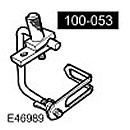 Stand for dial indicator 100-053 (LRT-99-503)
Stand for dial indicator 100-053 (LRT-99-503) |
NOTE: If the parking brake pads or brake discs have not been removed to gain access to other parts, the lapping procedure DOES NOT need to be performed.
1.
ATTENTION: It is forbidden to turn on the ignition with the parking brake in the service mode, because as a result this parking brake mode will be turned off.
Apply the parking brake in service mode.
- Turn the ignition key to position II.
- Apply and keep the parking brake depressed.
- Set the parking brake switch to the RELEASE position and hold it in this position.
- Turn the ignition key to position 0 and remove it from the ignition switch.
- Release the foot brake.
- Release the parking brake switch.
2.
CAUTION: The brake pad wear indicator sensor can be damaged very easily. Do not use the lever to remove the sensor. The operation is performed only manually.
Right side only: Disconnect the brake pad wear indicator sensor.
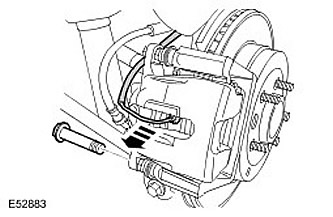
3. Remove the lower brake caliper bolt.
4. Remove the brake pads.
- Turn the brake caliper up.
- Remove two clamps.
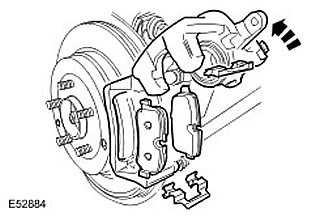
5. Remove the upper brake caliper bolt.
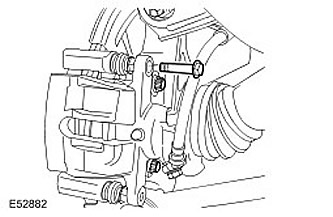
6.
CAUTION: Do not let the brake caliper hang on the brake hose.
Move the brake caliper housing aside and tie it down.
7. Remove the brake caliper support bracket.
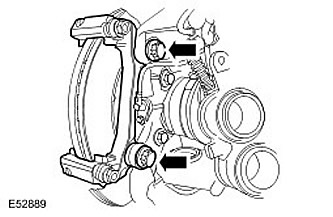
8. Measure the thickness of the brake disc in four places. Rebuild the brake disc if its thickness is less than the maximum allowable thickness or if the maximum allowable thickness deviation is exceeded. Brake Disc Thickness: NEW = 20mm, Max Thickness = 17mm.
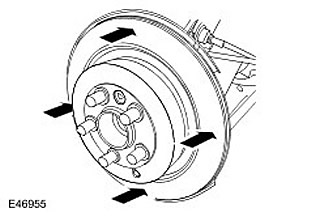
9. Using the special tool, install a dial indicator on the lower support of the brake caliper. Position the dial indicator plunger so that it is 5 mm from the outer edge of the brake disc.
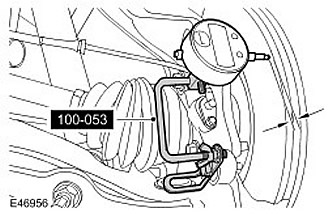
10. Tighten the wheel nuts.
- There should be spacer rings under the wheel nuts.
- Tighten wheel nuts (tightening torque 140 Nm).
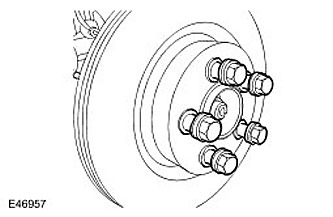
11. Rotate the brake disc one turn to measure the runout of the brake disc. The runout of the brake disc should not exceed 0.09 mm.
12. If the brake disc runout is out of range Remove the brake disc.
13. Make sure the contact surfaces of the brake disc and wheel hub are clean.
14. Install the brake disc. Tighten Torx Head Screw (tightening torque 35 Nm).
15. Tighten the wheel nuts. There should be spacer rings under the wheel nuts. Tighten wheel nuts (tightening torque 140 Nm).
16. Rotate the brake disc one turn to measure the runout of the brake disc. The runout of the brake disc should not exceed 0.09 mm.
17. If brake disc runout is still out of range, install a new brake disc and/or hub.
18. Remove the dial indicator and special tool.
19. Install the brake caliper base plate. Tighten the bolts (tightening torque 115 Nm).
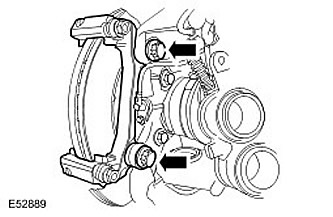
20. Install the brake caliper housing and insert the top bolt. tighten bolt (tightening torque 32 Nm).
21. Install the brake pads. Install two clamps.
22. Turn the brake caliper down. tighten bolt (tightening torque 32 Nm).
23. Connect the brake pad wear indicator sensor.
24. Depress the brake pedal, check the fluid level in the brake fluid reservoir and top up if necessary.
Comments on this article